Thing Site (2016)
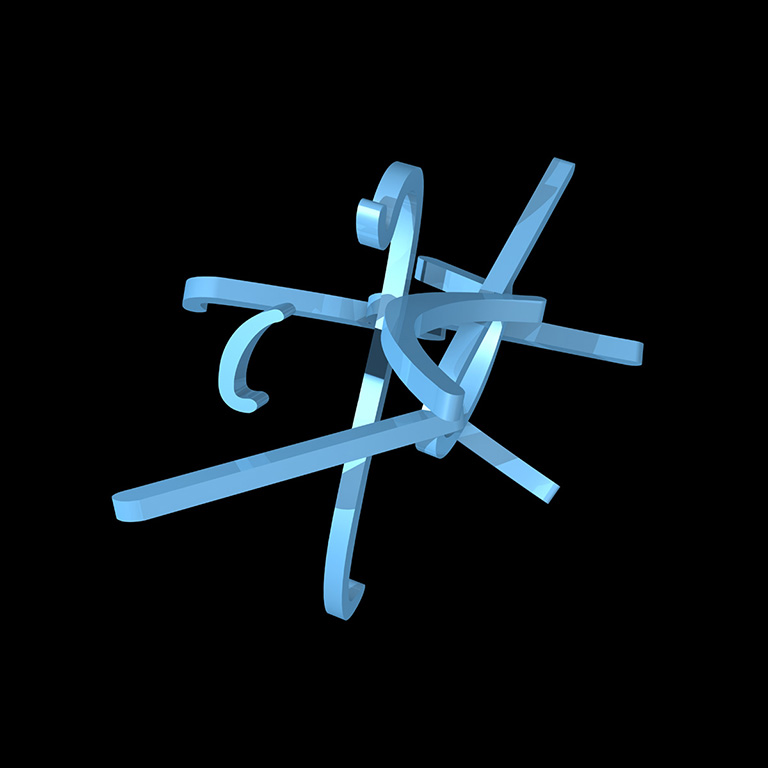


“Field Work in the Thing Site” considers the importance of Things, historic sites used for social and political gatherings. In Nordic and Germanic culture, the Thing was a public assembly where governance, laws, and the resolution of disputes were explained, debated and negotiated. Organized in open-air locations with distinctive characteristics as well as effective acoustic resonance, the practice of “making things public”, a description initiated by Bruno Latour, has contemporary implications for how we represent, experience and utilize social and public space for the potential of expressing democratic principles.2 No longer bound to a subject/object dichotomy, Latour theorizes a “parliament of things”, a network of actants where the agency and political reality of human existence is inclusive of non-humans and things. This shift problematizes assumptions regarding democracy, citizenship and the common world and instigates a reassessment of the human affiliation to complex environments and knowledge.
This project is based on fieldwork in two notable Thing Sites, the Althing in Iceland and the Thingstätte in Heidelberg, Germany. References to these Germanic traditions of assembly appear as early as the 1st Century in the ethnographic study Germania by the Roman historian Tacitus. The Althing is one of the most celebrated tourist attractions in Iceland while the Thingstätte in Heidelberg recalls the propaganda narratives of the Third Reich prior to the Second World War. The initial purpose of these sites, however, is not reflected in their contemporary use. Tourism, access to the natural landscape, geological landmarks, walking paths, ruins, outdoor concerts, theatrical reenactment, training sites for athletes and festival venues are just some of the events that describe the current use of these Thing Sites.
The Althing (AD 930), located in a rift valley between the North American and European continental plates, is one oldest known parliamentary Thing sites in the Nordic region. The Thingstätte, inaugurated on June 1935 by Joseph Goebbels, Minister of Public Enlightenment and Propaganda for the Third Reich, is located on the Heiligenberg (Holy Mountain) overlooking the Neckar River in Heidelberg. Goebbels called the Thingstätte a “veritable church of the Reich.”
Intended to evoke public nostalgia for communal gatherings that recalled the Nordic German traditions, the Thing movement was an early propaganda apparatus. The amphitheaters were sites where quasi-religious Völkisch ceremony and Blut und Boden (Blood and Soil) theatre could be staged. This early form of assembly architecture was ultimately abandoned for the spectacle of Mass Ornament, epitomized by the Nurnberg Zeppelin Field and the 1936 Berlin Olympics. Although the Reich planned for 200 Thing sites, only 40 were actually completed.
Of significance to this project are the ways in which these historic sites are assemblages influenced by a process of transgenerational memory. The potential for reviewing public visibility and matters of concern that exemplify public space in relation to the transparent or invisible atmosphere that situates the Commons is considered. As Andrea Mubi Brighenti has observed, “… on the one hand, the common is the (invisible) element in which the public comes into existence, and on the other, publicness is what institutes all (visible) commonality.”3
Following the collective trauma of the Second World War and the moment when Hannah Arendt published her heretic and now commonplace observation about the “banality of evil” in the context of the Israeli trial of Adolf Eichmann, the affective intensities of this observation have not gone unheeded. Continuing to provoke consternation and debate, Arendt’s statement is an instance of the political agency that she associates with the public space and the common world. “To live together in the world means essentially that a world of things is between those who have it in common …”4
The Thingstätte resides in proximity to the University of Heidelberg, one of the oldest institutions of higher education in Europe. Founded in 1386, the university faculty, alumni and associates include notable figures such as Agricola, Hegel, Herman von Helmholtz, Max Weber, W. Somerset Maugham, Franz Boas, Karl Jaspers, Hans-Georg Gadamer, Erich Fromm, Jürgen Habermas, Hannah Arendt, and Joseph Goebbels. Others associated with the traditions of philosophical inquiry in Heidelberg include Johann Wolfgang Goethe, Friedrich Hölderlin and Martin Heidegger.
The Philosophenweg (philosophers walk) in Heidelberg is a path that links this venerable network of ideas to the Thingstätte.
The fieldwork for this project includes photography, video, architectural artifacts and digital media from the Althing in Iceland and the Thingstätte in Heidelberg. Digital data from this fieldwork will constitute the basis of an acoustic exploration. This process follows on precedents established by Xenakis, Varese and Le Corbusier. The sound work is based directly on a site recordings made at the Thingstätte in Heidelberg as well as the Althing in Iceland. The audio work considers the acoustic space of the Thing Sites as well as Goethe’s quotation of Friedrich Schelling that “music is liquid architecture; architecture is frozen music.”
Thing Sites is a project dedicated to the memory of Hannah Arendt and her insight regarding the phenomena of “a lesser evil”, the bureaucratization of ethical transgression that is endemic to contemporary society.
Robert Bean, 2016
Thingstätte 5 (2016)

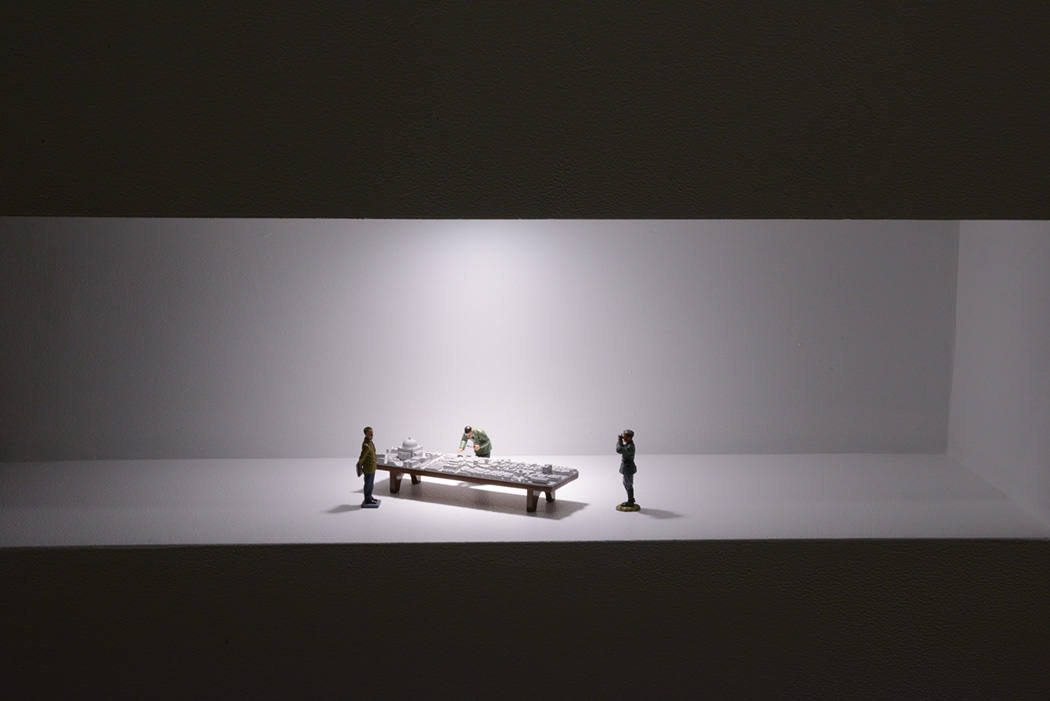



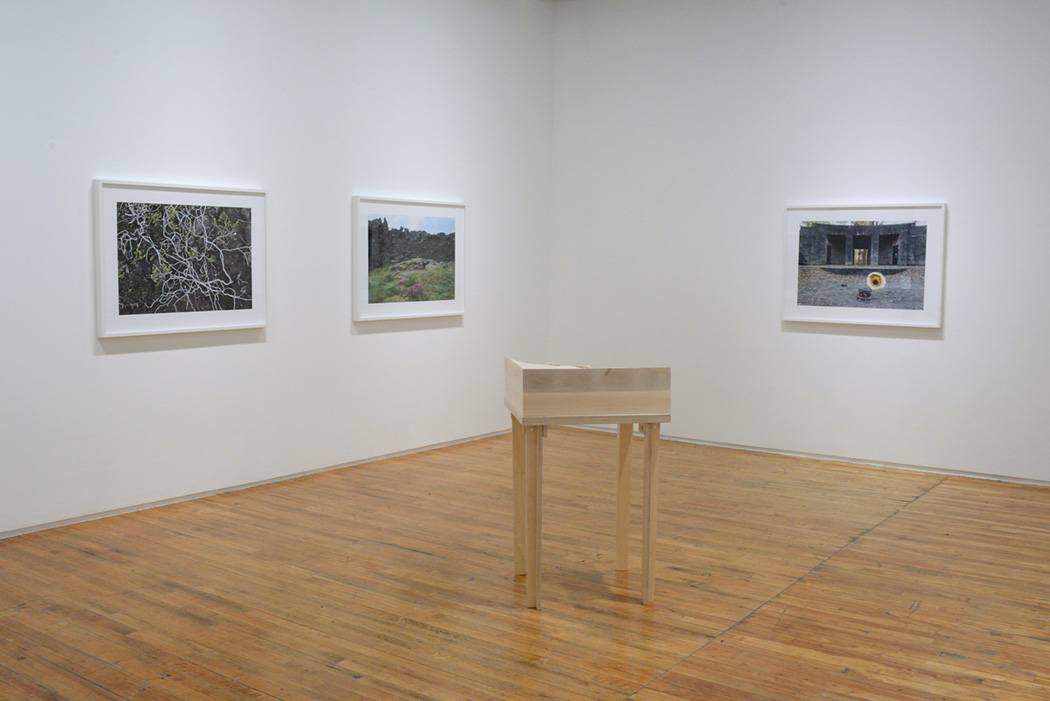
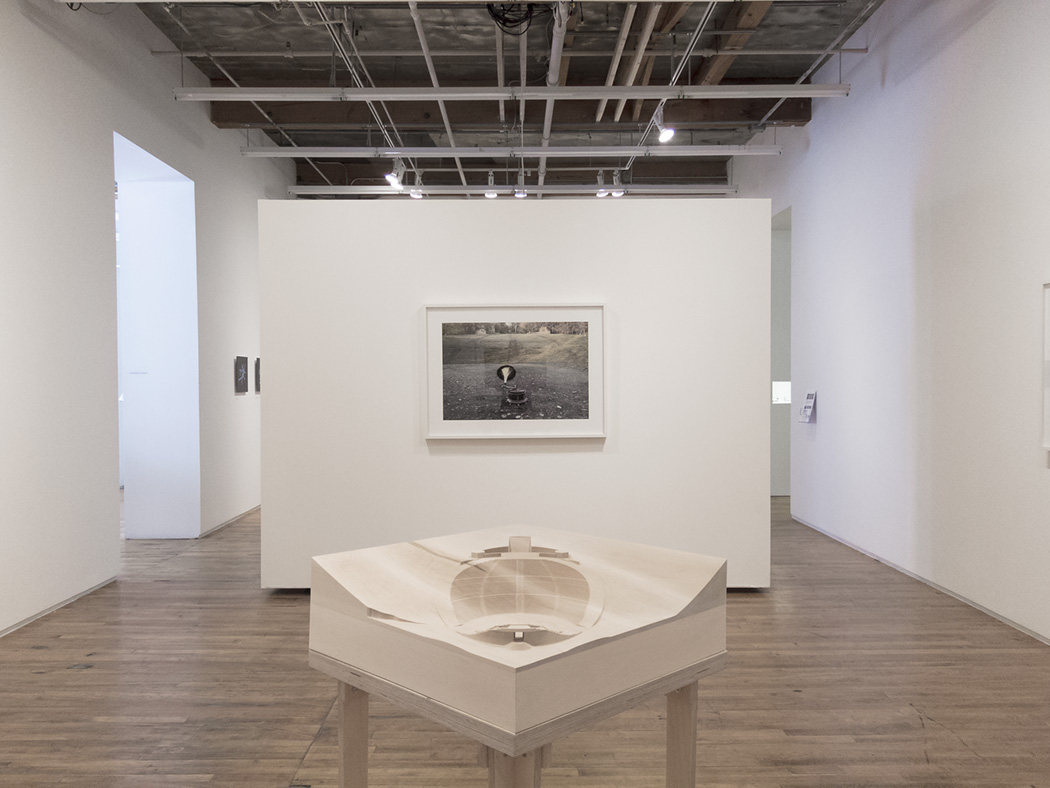

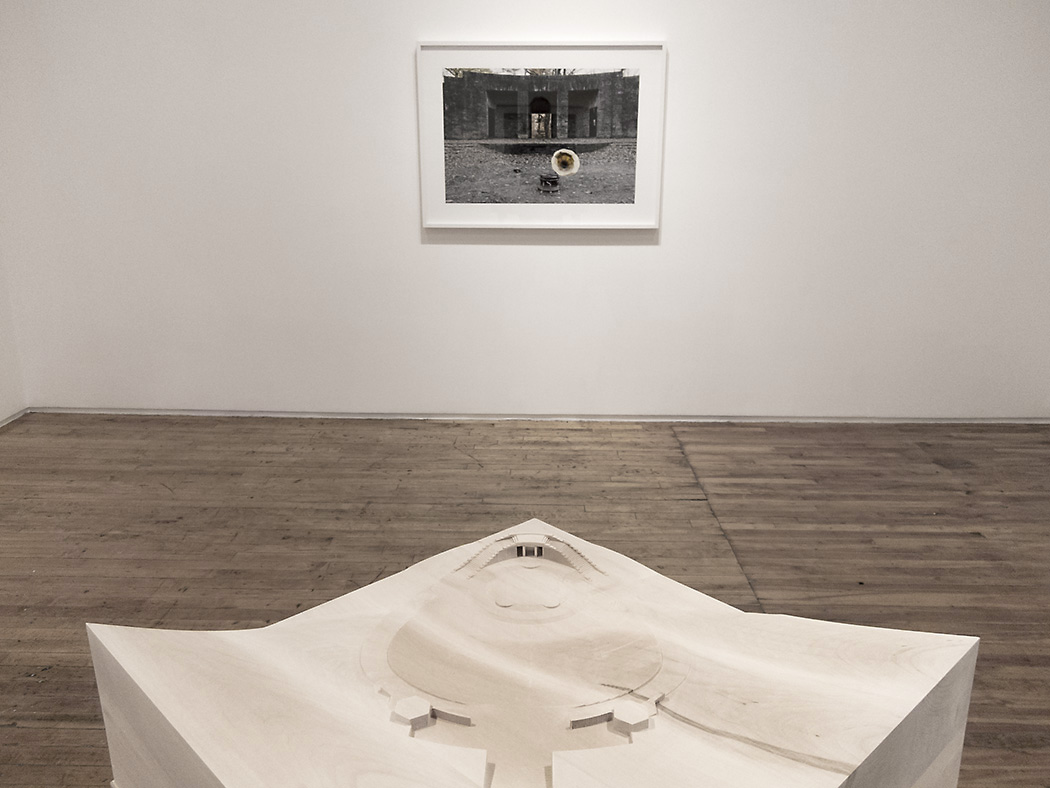

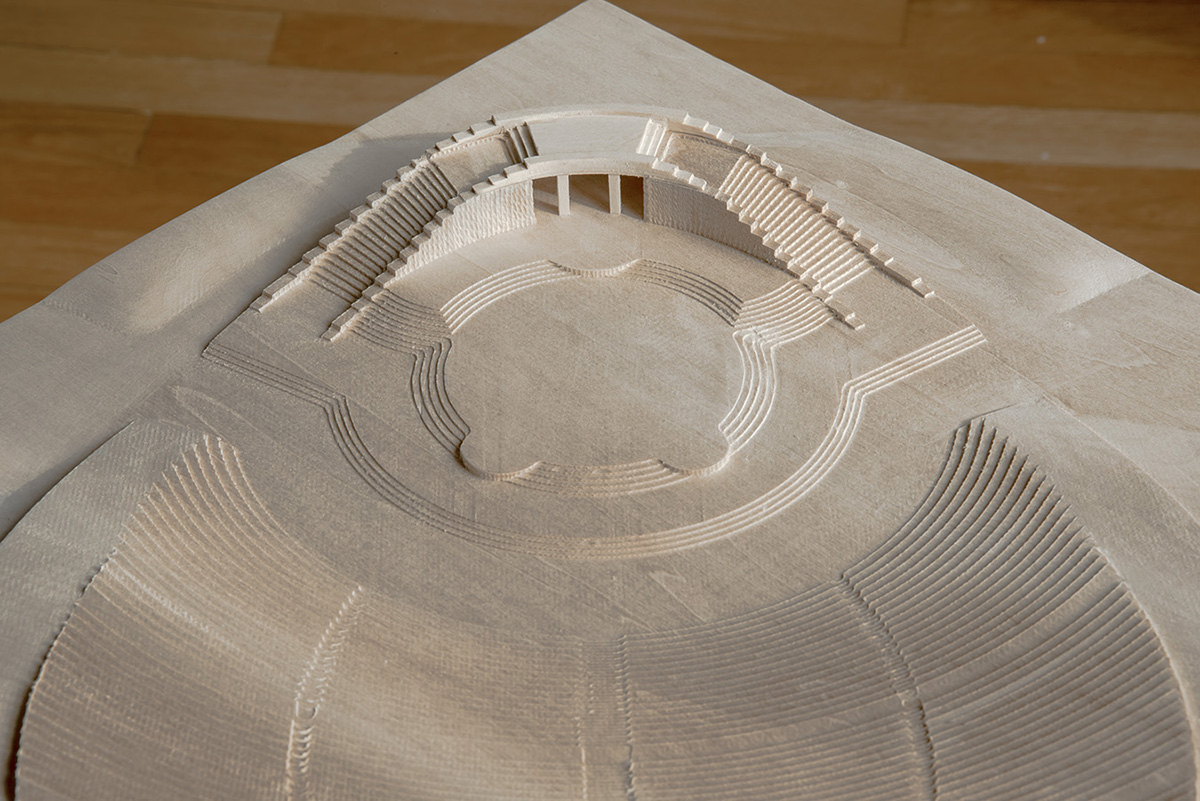
Robert Bean @2020